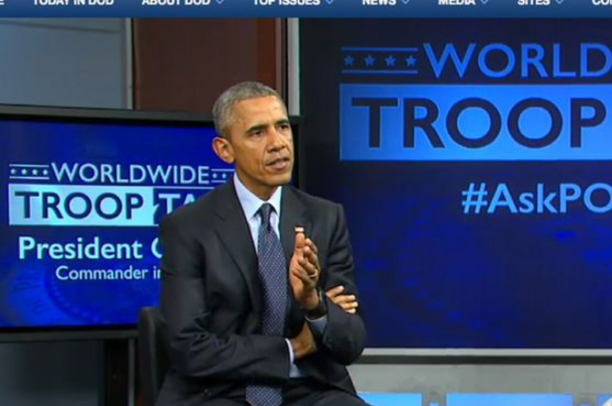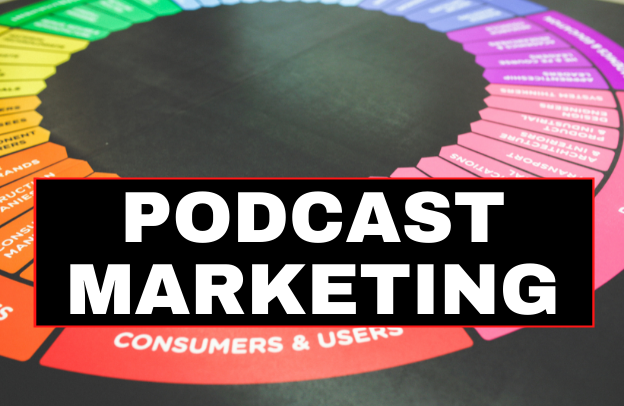How to Monetize Your Podcast Through Social Media

The podcasting industry is exploding. There are large numbers of podcast episodes and thousands of shows covering every topic imaginable, and there is still room for more! You may have created a fantastic podcast, but how do you get your intended audience to listen to it? Learn how to monetize your podcast by promoting it through social media.
Download the first chapter of The Storytelling Series: Beginners’ Guide for Small Businesses & Content Creators by Obehi Ewanfoh.
You can market your podcast in a variety of ways, but one of the most effective is through social media because podcast listeners are active on social media. Of course, social media, like podcasting, is crowded, so you will want to use it wisely and strategically to promote your podcast.
Now here are 5 ways to use social media strategically to promote your podcast:
- Create a social media content calendar: Create a calendar that outlines your podcast promotion plan on social media. Plan your posts in advance and be consistent with your content to help build your audience. You can use tools like Hootsuite or Buffer to schedule your posts ahead of time.
- Use eye-catching visuals: Use eye-catching visuals such as images, graphics, or videos to make your social media posts stand out. This will help grab people’s attention and increase engagement with your content.
- Leverage relevant hashtags: Use relevant hashtags on social media to help your content reach a wider audience. You can use popular hashtags related to your podcast’s niche, as well as create your own branded hashtags to help people find your podcast easily.
- Collaborate with other podcasters or influencers: Collaborate with other podcasters or influencers in your industry to help promote your podcast. Reach out to them to cross-promote each other’s content and grow your audience.
- Engage with your audience: Engage with your audience on social media by responding to comments and messages, running polls or Q&A sessions, and asking for feedback. This will help build a loyal following and increase your podcast’s visibility on social media.
For more you can check out our previous article on the topic: 10 Best Podcast Promotion Tips.
With that out of the way, now let’s expand more on how you can monetize your podcast through social media.
Determine Your Target Audience and Make Informed Platform Selections
There are many social media platforms to choose from, but there is one that is ideal for you. Consider where your audience is and how they use social media before launching your podcast or when you’re just getting started.
What exactly is the subject of your podcast? Who are you conversing with? Is your target audience in their twenties or thirties? They are most likely on Instagram or Snapchat. Are you planning to launch a professional podcast for senior executives? Take a look at LinkedIn.
Ask your audience where they hang out if you don’t know. Ask them to share their favorite social media platform with you in your next episode. To put it simplier for you, here are 5 ways to determine your target audience:
- Define your product or service: Start by defining what your product or service is, and what problems it solves. This will help you understand who your target audience is and how your product or service can benefit them.
- Conduct market research: Conduct market research to gather information about your target audience. This can include surveys, focus groups, and interviews to learn more about your potential customers’ demographics, behaviors, and preferences.
- Analyze your competitors: Analyze your competitors to see who they are targeting and what strategies they are using to reach their audience. This will help you identify gaps in the market and areas where you can differentiate yourself to attract your target audience.
- Use social media analytics: Use social media analytics to gain insights into your current audience and their behaviors. This can include analyzing your followers’ demographics, engagement, and interests to help you understand who your target audience is and how to reach them effectively.
- Test and refine: Test different marketing strategies and refine your target audience based on the results. This can include A/B testing different messaging or campaigns to see what resonates with your target audience, and adjusting your approach based on the data you collect.
Make Use of Hashtags
You must use podcast hashtags in your posts if you want to promote your podcast on Instagram, Twitter, or even LinkedIn. Hashtags will help you reach a wider audience and serve your content to those who are interested in the hashtag in question.
You can consider creating a branded hashtag for your podcast and find a few general hashtags that describe the content of your podcasts, such as #ObehiPodcast or #cookingfun. While no one will use it at first, a branded hashtag can help you start building your community, and it can become a powerful brand-building tool for your podcast.
Are there real advantages to branded hashtag? Of course, yes. And here are some of the importance of a branded hashtag for your marketing purposes:
- Increases brand awareness: A branded hashtag can help increase brand awareness and visibility on social media. When customers use your branded hashtag in their posts, it can help to promote your brand and reach a wider audience.
- Builds a community: A branded hashtag can help to build a community around your brand on social media. When customers use your branded hashtag, it creates a sense of community and shared experience among your followers.
- Encourages user-generated content: A branded hashtag can encourage customers to create and share their own content related to your brand. This can help to increase engagement with your audience and provide social proof for your brand.
- Provides data and insights: Using a branded hashtag allows you to track and analyze social media data related to your brand. This can provide valuable insights into customer behaviors and preferences, which can help to inform your marketing strategy.
- Differentiates your brand: A branded hashtag can help to differentiate your brand from competitors and create a unique identity. It can also help to reinforce your brand’s message and values on social media.
A branded hashtag is an important marketing tool that can help to increase brand awareness, build a community, encourage user-generated content, provide data and insights, and differentiate your brand.
Make a Video for your podcast
Even if you don’t have a YouTube channel, you can and should use videos to promote your podcast on social media. When compared to images and text, social media videos generate 1,200 percent more social shares. Creating videos is the best way to get people to consume and share your content.
Podcasters can employ video in a variety of ways. You can use videos to share behind-the-scenes content or to record quick videos of yourself and your guest to help promote their episode.
You can use Facebook Lives to promote episodes or to answer questions after they have aired. During the recording of your episode, you can even host a Facebook live. I recommend you start using videos in your podcast and here are some ways to leverage it on social media:
- Create video teasers: Create short, attention-grabbing videos that promote upcoming episodes of your podcast. Share these on social media platforms like Instagram and Facebook to generate buzz and increase interest in your content.
- Share behind-the-scenes footage: Share behind-the-scenes footage of your podcast production process to give your audience a glimpse into what it takes to create your podcast. This can help to create a more personal connection with your audience and increase engagement with your content.
- Repurpose podcast content into video format: Repurpose your podcast content into video format, such as animated explainer videos or highlight reels, and share them on social media. This can help to attract new listeners and give your existing audience another way to consume your content.
- Use live streaming: Use live streaming to connect with your audience in real-time and provide exclusive content, such as live Q&A sessions or interviews with special guests. This can help to create a sense of community around your podcast and increase engagement with your audience.
- Collaborate with brands or sponsors: Use video to create sponsored content or collaborate with brands related to your podcast’s niche. For example, you can create product review videos or share sponsored content on your social media channels, which can help you to generate additional revenue through advertising or sponsorships.
In summary, using videos in monetizing a podcast through social media can help to increase engagement, attract new listeners, and generate revenue through sponsorships or advertising.
Make Old Episodes More Visible
This point cannot be overstated! You need to keep promoting your previous episodes! Your older podcast episodes are excellent examples of “evergreen content,” which is content that is still relevant and valuable to your audience after some time has passed. It’s a jungle out there on social media.
It’s loud, crowded, and there’s always a vine-swinging in your face. Well, there aren’t any vines, but there are pieces of content flying by your feed. Your social media posts only have a limited shelf life.
Remember that to monetize your podcast, you’ll need a consistent and large audience. Promoting your podcast on social media will increase the number of people who listen to it, which could be a great way to make money.
Download the first chapter of The Storytelling Series: Beginners’ Guide for Small Businesses & Content Creators by Obehi Ewanfoh.







2 Comments